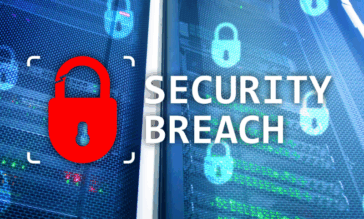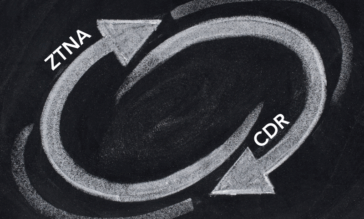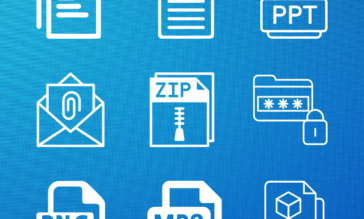From Chaos to Control: Mastering the 3 Rs of Cybersecurity
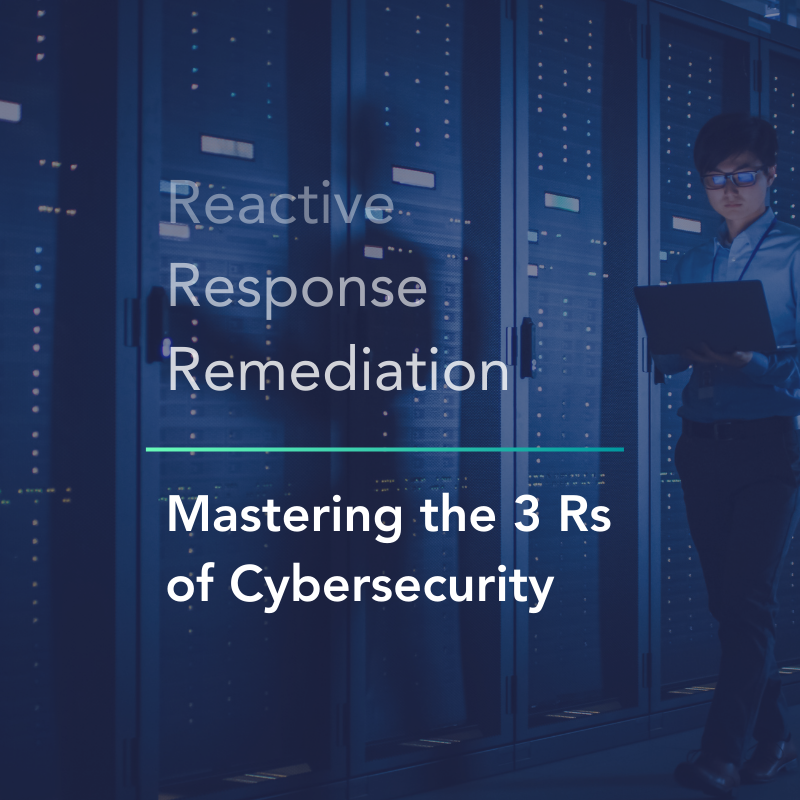
Imagine this: a company’s entire operations grind to a halt as ransomware locks down critical systems. Customers are left in the dark, trust erodes with every passing hour, and the financial toll climbs with alarming speed. Not to mention, the company’s stocks are probably in for a turn. This is the all-too-common reality of mishandled data security, where a single breach cascades into operational chaos, reputational damage, and costly downtime.
Effective cybersecurity isn’t optional but necessary. To navigate the ever-evolving threat landscape, organizations must adopt a robust framework that addresses threats at every stage.
Enter the 3 Rs of Cybersecurity: Reactive, Response, and Remediation.
Each layer represents a critical puzzle piece, offering a pathway to mitigate damage, neutralize active threats, and restore operations. But while these elements are vital to a strong security posture, the key to staying ahead of cybercriminals lies in moving beyond them and toward a proactive approach that stops threats before they start.
R1 – Reactive: Playing Catch-Up in Data Security
Reactive measures are like firefighters arriving after the blaze has already started. This layer kicks in after a threat has breached defenses, focusing on containment and damage control. It’s the last line of defense, a critical safety net when prevention mechanisms fail, though it’s far from an ideal position to be in.
The challenges with reactive security are clear. Slower response times often translate into significant operational downtime, leaving systems crippled while teams scramble to identify and neutralize the threat. The longer the delay, the higher the stakes with reputational damage and regulatory penalties loom, particularly in industries handling sensitive data. Compounding the issue is the reliance on traditional, signature-based antivirus tools, often powerless against zero-day threats or cleverly obfuscated attacks. These limitations create dangerous blind spots, allowing malicious code to linger undetected until it’s too late.
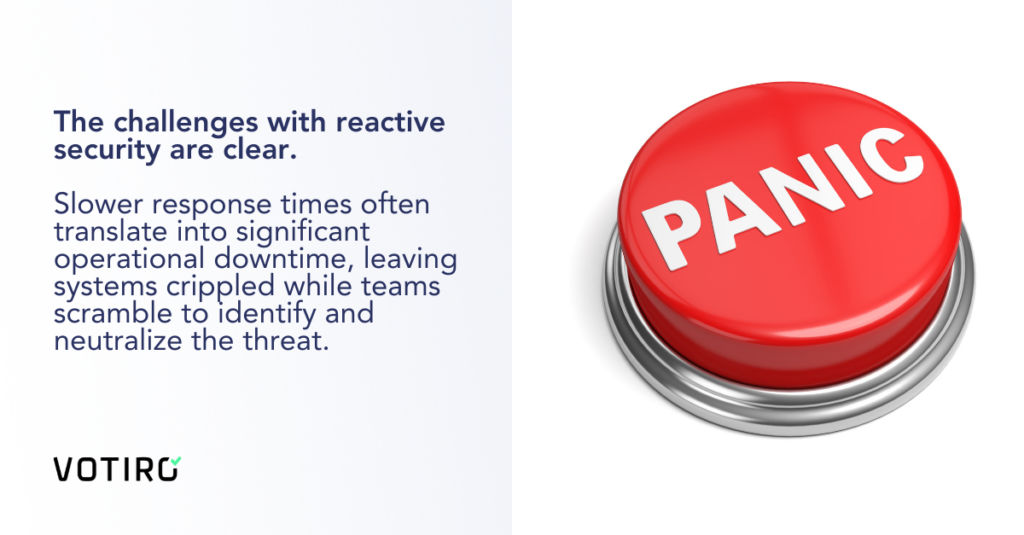
Despite these drawbacks, reactive security remains a necessary part of the overall defense strategy. Even the most sophisticated systems can’t guarantee complete invulnerability. Reactive measures serve as the critical fail-safe, ensuring that once a breach occurs, it can be contained before the damage spirals out of control. However, as the cybersecurity landscape evolves, organizations must recognize that reliance on reactive security alone is insufficient.
R2 – Response: The “Raise the Alarm” Phase
Once a potential threat is identified, the next critical step is to respond by raising the alarm and setting containment measures into motion. This phase is about detection and rapid action. It’s the moment when security tools and protocols spring into action, flagging suspicious activity and triggering alerts to ensure threats are dealt with before they can spread.
However, the effectiveness of this phase hinges on two crucial factors: accuracy and availability. Security teams are often inundated with an overwhelming volume of alerts, many of which are false positives. This “alert overload” creates a paradox where too much information becomes a hindrance rather than a help. With hundreds or thousands of notifications daily, even the most skilled teams struggle to separate legitimate threats from background noise.
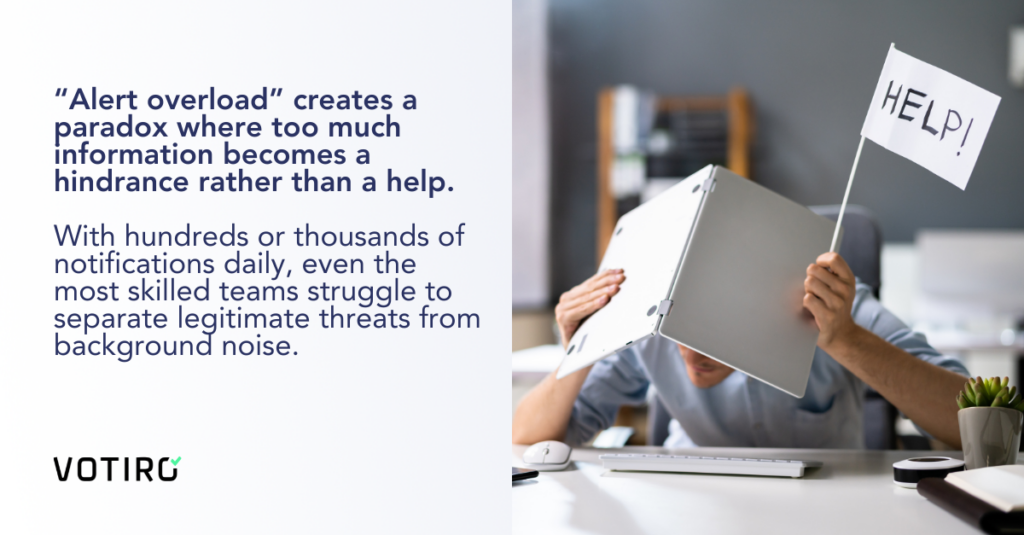
The result? Alert fatigue—a dangerous state where critical warnings are delayed or overlooked entirely, allowing real threats to go unchecked. This fatigue slows down response times and increases the likelihood of missing sophisticated attacks designed to blend in with routine activity.
Effective response strategies demand smarter tools and refined processes. Organizations can reduce false positives and prioritize actionable insights by leveraging advanced threat detection technologies like machine learning-driven analysis and behavioral monitoring. The goal is clear: to cut through the noise, raise the right alarms, and give teams the clarity they need to act decisively when it matters most.
R3 – Remediation: Fixing the Problem at the Source
When a threat breaches defenses, remediation becomes the final and most critical stage of data security. This phase goes beyond containment and alerts to identifying the root cause, addressing vulnerabilities, and restoring trust to prevent future incidents.
Remediation is no small task. Pinpointing the source of an attack often requires painstaking forensic analysis of compromised systems, logs, and network activity. This process demands significant time and expertise, which are resources many organizations struggle to spare in the wake of a disruptive breach.
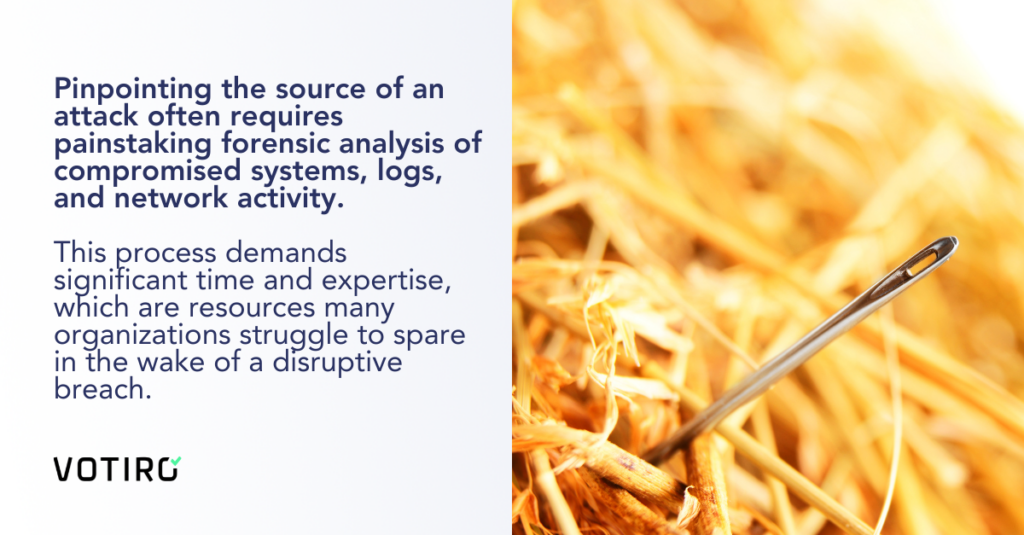
The work doesn’t stop at diagnosis. Effective remediation frequently involves overhauling systems, applying patches, and reconfiguring defenses. These efforts can strain IT teams and budgets, especially when regulatory fines or compliance violations come into play. Breaches involving sensitive data carry the added burden of reputational damage, eroding customer trust and triggering costly legal consequences.
Despite these challenges, remediation is essential. It’s an opportunity to learn from the attack, strengthen defenses, and refine security protocols. By addressing vulnerabilities at their source, organizations can turn a crisis into a stepping stone toward greater resilience, ensuring they’re better prepared for future threats.
How Proactive Cybersecurity Changes the Game
Proactive security shifts the focus from reacting to breaches to preventing them entirely. Unlike traditional defenses, which rely on detecting known threats, proactive solutions can neutralize risks before they can cause harm. Content Disarm and Reconstruction (CDR) technology is a prime example of proactive cybersecurity in action. Votiro’s advanced CDR deconstructs files at the point of entry to remove hidden malware and compromised embedded scripts before they can reach secure endpoints. By sitting between the user and ingestion, sanitized files are reconstructed into safe, usable versions, ensuring only clean data enters the system.
Votiro CDR is also a zero-trust approach that eliminates vulnerabilities traditional antivirus tools miss, effectively neutralizing zero-day and unknown threats. In-depth, actionable threat analytics add a layer of continuous insight and retro-analysis by validating file safety over time, allowing IT and SOCs to learn and adapt to the evolving threat landscape.
The benefits of proactive cybersecurity are clear:
- Reduced Downtime: Threats are neutralized before they can disrupt operations.
- Fewer Alerts: Security teams can focus on real threats, avoiding false positives.
- Regulatory Compliance: Files are protected at every stage, ensuring organizations meet stringent security standards.
By seamlessly integrating into existing workflows and leaving essential file functionality intact, Votiro empowers businesses to stay ahead of threats without compromising on productivity.
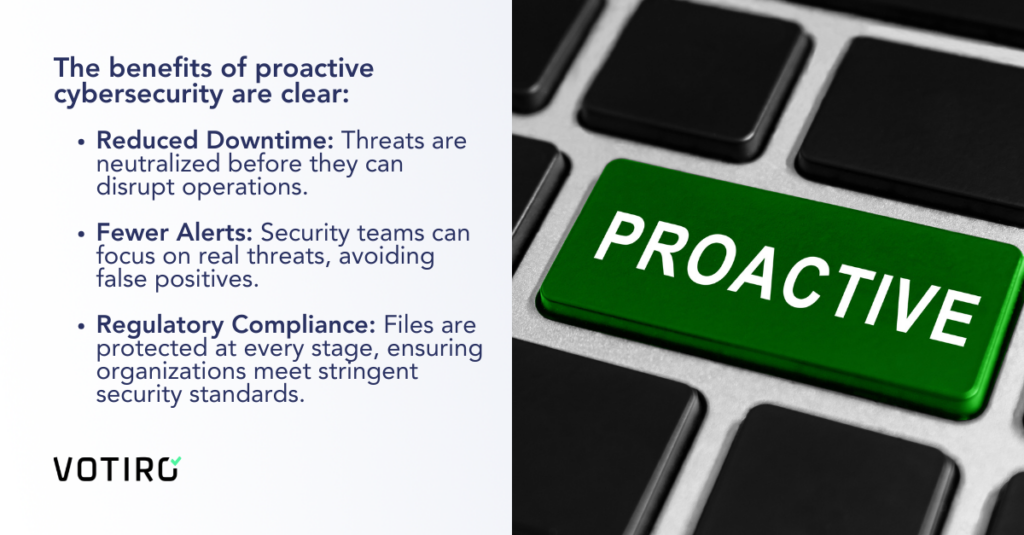
How Votiro Supports the 3 Rs with Continuous Security
Votiro goes beyond traditional CDR, empowering businesses by addressing all stages of the 3 Rs framework:
- Reactive: By eliminating threats before they execute, Votiro reduces the need for traditional containment efforts. After all, a day one reaction is a day too late.
- Response: Proactively neutralized files mean fewer false positives and more focused, actionable alerts for security teams. Clearing the clutter is essential for IT and SOCs.
- Remediation: Continuous validation via retroactive analysis and actionable data ensures files remain secure even as the threat landscape evolves. This minimizes the need for costly and time-intensive recovery processes.
With Votiro’s Data Detection and Response platform, businesses achieve seamless integration of proactive and continuous threat prevention while also safeguarding sensitive data and maintaining regulatory compliance. This enables secure collaboration and data ingestion without disrupting workflows.
Proactive security isn’t just about stopping threats but empowering businesses to operate confidently. With Votiro, organizations can eliminate threats before they cause harm, reduce the burden on security teams, and maintain customer trust.
Go beyond the 3 Rs of cybersecurity by taking a demo of Votiro DDR today. Plus, see how Votiro can transform your cybersecurity strategy from reactive to proactive with a free 30-day trial.
News you can use
Stay up-to-date on the latest industry news and get all the insights you need to navigate the cybersecurity world like a pro. It's as easy as using that form to the right. No catch. Just click, fill, subscribe, and sit back as the information comes to you.
Sign-up Here!
Subscribe to our newsletter for real-time insights about the cybersecurity industry.
